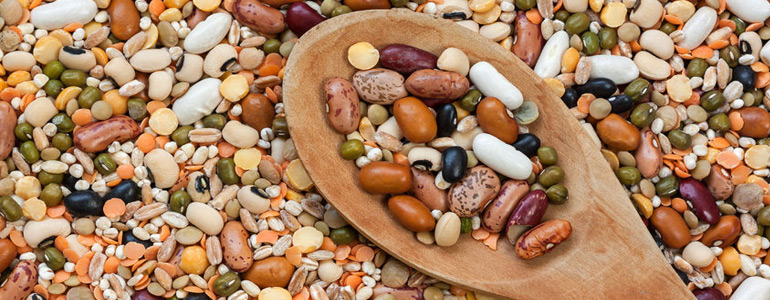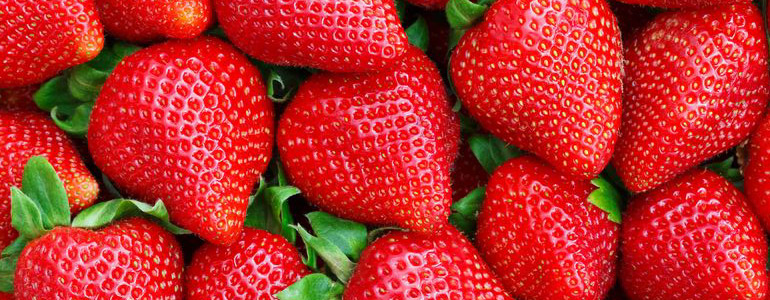
Gluten Sensitivity


What is Non-Celiac Gluten Sensitivity?
Wheat gluten and protein intolerance – celiac disease, gluten sensitivity and wheat allergy – affect an increasing number of people and can manifest with intestinal and extra-intestinal symptoms including: abdominal swelling, diarrhea, migraine, chronic fatigue, etc.
In addition to celiac disease (1), a new entity has been identified that encloses a spectrum of disorders occurring within a few hours, up to a few days after ingestion of foods containing wheat gluten or proteins (such as inhibitors of trypsylamine ATIs). Non-celiac gluten sensitivity (NCGS (2)) is a syndrome that can affect people with celiac disease and wheat allergy, whose characteristics have been officially mapped out of the “First International Consensus Conference on Gluten Sensitivity “, held in London on February 2011.
The symptoms of NCGS are heterogeneous and non-specific; include both intestinal (abdominal swelling, diarrhea, constipation, nausea, gastralgia) and non-intestinal (including malaise, mental confusion, marked asthenia, anxiety, headache, fibromyalgia).
There are currently no specific biological or genetic markers that can clearly identify NCGS, and this poses an objective difficulty in diagnosing it. This happens because symptomatology is largely consistent with that of other disorders, including irritable bowel syndrome (IBS) – commonly known as colitis.
At present it is known that NCGS is not of autoimmune nature, but is believed to involve an immune response triggered by the presence of gluten and / or other proteins present along with gluten (ATIs) associated with impaired intestinal permeability conditions; This complex mechanism takes place in the intestine, although it does not involve the morphology of the villi (small intestinal extroflexions that are responsible for the absorption of nutrients), as is the case in celiac disease.
NCGS – The Current Scenario
The diagnostic method currently used for NCGS primarily involves the exclusion of celiac disease and wheat allergy, and secondly, the evaluation of the patient’s response to the gluten-free diet and the subsequent reintroduction of this protein complex. This procedure is very complex and costly, as well as the confounding effect of some whey protein other than gluten, as fermentable oligo-mono-disaccharides, defined by the term FODMAPs, also contained in cereals (where gluten is present).
The NCGS prevalence estimate is still under way, with a scissors ranging from 0.6% to 6% of the population, although recent data acquisitions suggest that 6% also include IBSs and that only a part affect gluten sensitivity. For example, the Glutox study promoted by the Italian Association of Hospital Gastroenterologists (AIGO) and published in the journal Nutrients (3) demonstrated – with a “double blind challenge” * among patients who had improved their health by a gluten-free diet – that only 20% of them actually fall into NCGS.
Take home message
First of all, this explanation wants to discourage from DIY diets and useless and expensive tests and to raise awareness of the complexity of this issue. The suitable route therefore involves the medical approach with the possible exclusion of other pathologies and only after the beginning of a gluten-free diet, obviously followed by professional figures and qualified specialists **.

The prevention in the daily lifestyle
A general rule that can be put into practice as prevention should target intestinal and microbial protection, thus excluding fine foods and preparations rich in various additives, dyes and sweeteners. Other elements to avoid are trans fats, excess fat saturated long chains present in particular in sausages, red meats or baked products wih palm oil. In many cases, it is also convenient to exclude lactose-containing products, making sure to include good calcium sources in the diet of which the vegetable world is rich.
The “friendly” foods for intestinal bacteria are those of the vegetable world or those fermented like sauerkraut, kefir and whole foods. Pay attention to vegetables, fruit and cereals, and choose the ones with lower fermentation levels because otherwise they may worsen the symptoms.
* The double blind challenge predicts that after the gluten exclusion period, people in two groups are divided, where neither the experimenters nor the patients are aware of whether or not gluten is present in what they eat. It is scientifically marked the difference between real symptoms and the psychosomatic effect.
** Doctor, biologist, dietician.
Bibliografia
(1) Lipinutragen blog 10/3/2017 https://www.lipinutragen.it/en/celiac-disease-intolerance-gluten/
(2) Volta U, et al. Non-coeliac gluten/wheat sensitivity: advances in knowledge and relevant questions. Expert Review of Gastroenterology & Hepatology, 2017, 11:1, 9-18, DOI:10.1080/17474124.2017.1260003
(3) Elli L., et al. Evidence for the Presence of Non-Celiac Gluten Sensitivity in Patients with Functional Gastrointestinal Symptoms: Results from a Multicenter Randomized Double-Blind Placebo-Controlled Gluten Challenge. Nutrients 2016, 8, 84; doi:10.3390/nu8020084
Article by:
Nutritionist Dr. Francesco Bonucci
The diet tips, written in the article, are not intended to be a substitute for a personal nutrition plan and are to be adapted to specific cases.
Foto: 123RF Archivio Fotografico | ©stylephotographs, 55605835, 2017-05-11 | ©scyther5, 42356358, 2017-05-11
- On 12 May 2017



